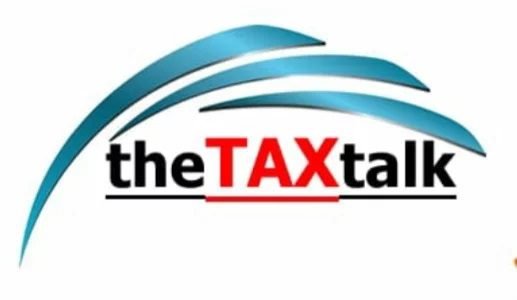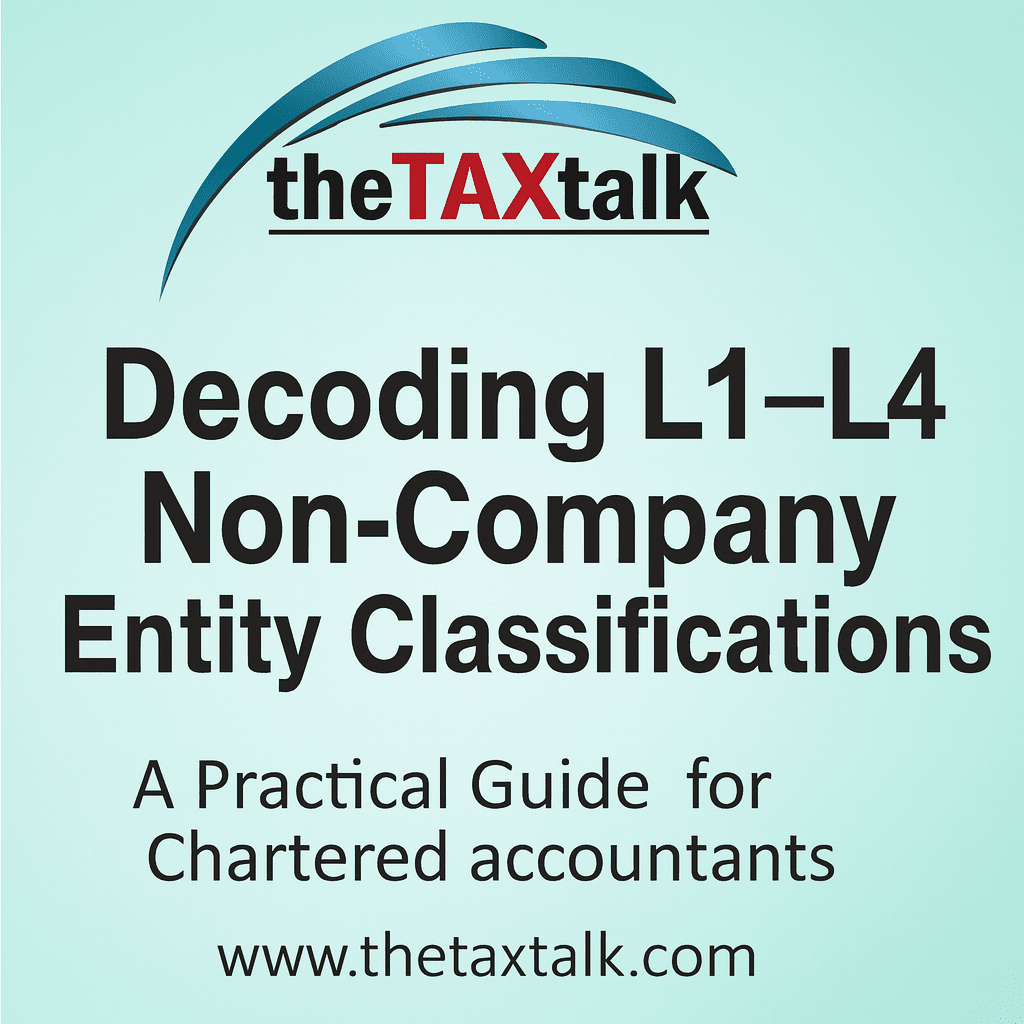![]()
Decoding L1–L4 Non-Company Entity Classifications: A Practical Guide for Chartered accountants
The Institute of Chartered Accountants of India (ICAI) has introduced a four-tier classification—L1 to L4—under its Accounting Standards (AS) Framework for Non-Company Entities, aligned with Section 133 of the Companies Act, 2013. It applies to partnership firms, LLPs, trusts, NGOs, co-operative societies, and sole proprietorships. For Chartered Accountants, determining the right level now directly impacts compliance, audit documentation, and client advisory.
Why the L1–L4 Classification Matters
It affects audit documentation, as working papers must clearly show the classification for each year; the applicability of Accounting Standards, since requirements vary greatly between L1 and L4; advisory opportunities, where structuring turnover, borrowings, and group arrangements can optimise compliance costs; and risk management, as misclassification can invite adverse remarks during peer reviews or inspections.
ICAI’s Classification Criteria
An entity is placed in the highest applicable level if it meets any one criterion:
| Level | Criteria | Borrowings (Peak) | Turnover (Excl. Other Income) | Group Linkage | Compliance Impact |
|---|---|---|---|---|---|
| L1 | Listed/in process of listing; or bank/financial institution/insurance company | Above ₹50 crore | Above ₹250 crore | Holding/subsidiary of L1 | Full AS compliance |
| L2 | Not L1 | ₹10–50 crore | ₹50–250 crore | Holding/subsidiary of L2 | Partial disclosure relaxations |
| L3 | Not L1/L2 | Up to ₹10 crore | ₹10–50 crore | Holding/subsidiary of L3 | Reduced requirements |
| L4 | Not L1/L2/L3 | Up to ₹2 crore | Below ₹10 crore | Holding/subsidiary of L4 | Maximum relaxations |
Compliance by Level
L1: Full compliance with all AS, including AS 3, AS 17, and AS 18; even a one-day borrowing above ₹50 crore triggers L1.
L2: Moderate compliance with certain relaxations; short overdrafts can push entities higher.
L3: Simplified disclosures; turnover excludes other income.
L4: Minimal disclosures; cash flow statement not mandatory but documentation still required.
Steps for Accurate Classification
Collect turnover (excluding other income) and peak borrowings from the preceding year; check all triggers; assess group linkages; document calculations and reasoning in the audit file; reassess annually.
Strategic Advisory Opportunities
Manage borrowings to avoid peaks; restructure groups to prevent automatic L1 classification; time large contracts to stay within thresholds.
Common Misunderstandings
Borrowings include all facilities and deposits, even for a day; turnover excludes rent, dividends, and other non-operating income; classification must be reassessed each year.
Example
A co-operative bank with ₹220 crore turnover and ₹48 crore peak borrowings was L2 one year. The next year, a ₹52 crore short-term borrowing moved it to L1, triggering full compliance, cash flow statements, and expanded disclosures.
Key Takeaway
The ICAI’s L1–L4 classification is not a routine formality—it defines compliance, disclosure, and reporting for non-company entities. Accurate classification and documentation protect CAs from regulatory issues while enhancing client trust.


